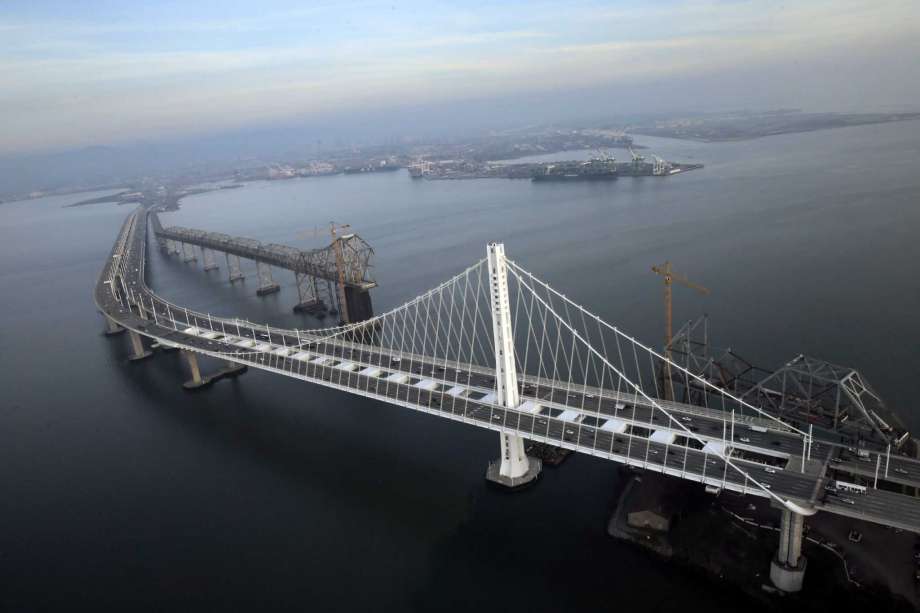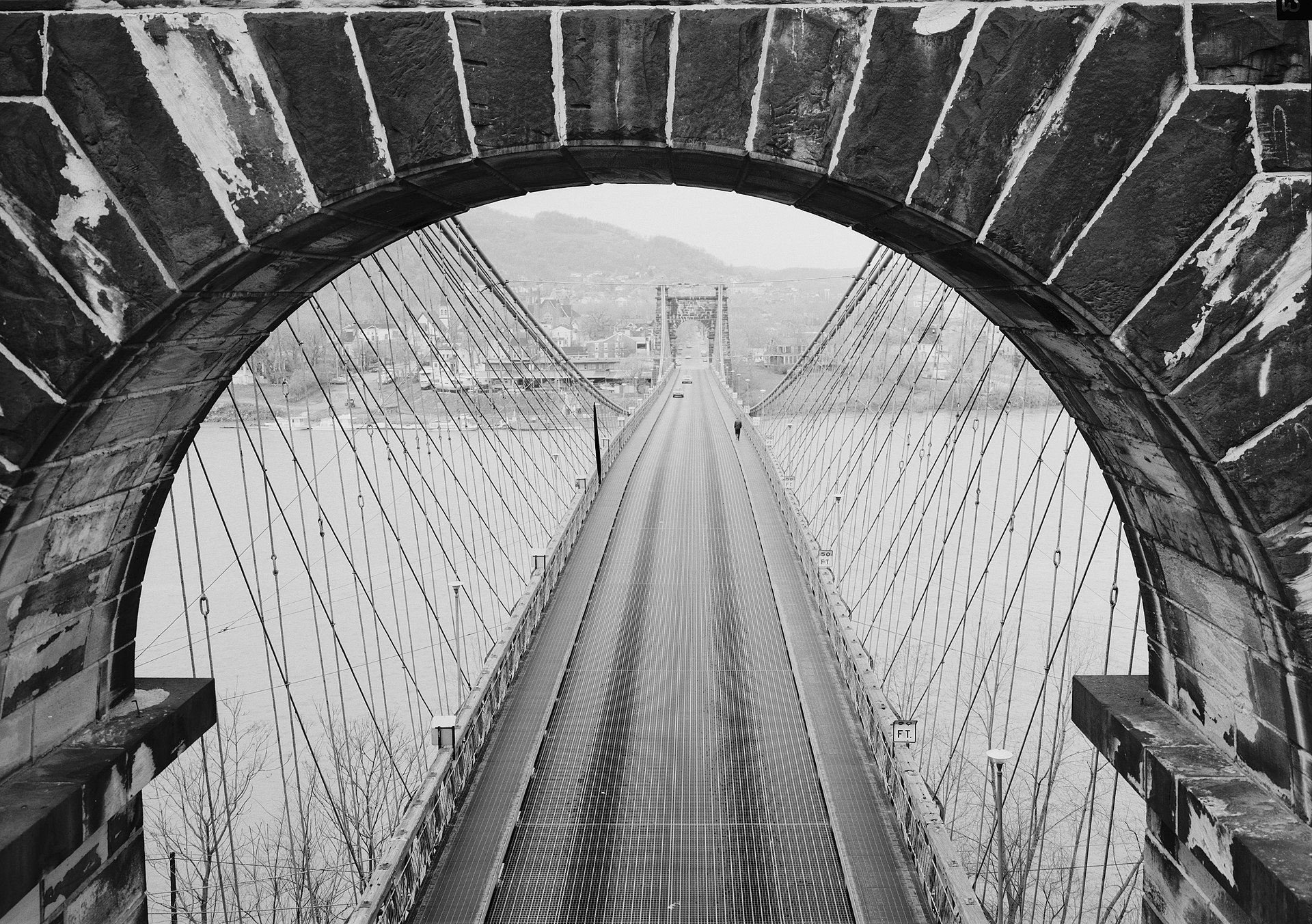
Modern bridges have become the most massive and yet beautiful engineering projects that can be found all around the world.
Mention the word ‘bridge,’ and Americans instantly think of the breathtaking Golden Gate Bridge, while the British take pride in the historic Royal Albert Bridge, and Japan claims the title for longest suspension bridge, the 1991 meter Akashi Kaikyo Bridge.
Many of the world’s longest bridges are suspension bridges. Suspension bridges remain standing by marshaling complex forces. While the word ‘suspension’ may cause one to think of great heights, much of the force that suspends a suspension bridge is horizontal.
Source: Wikimedia
Suspension Bridges Need Anchors
The basic structure of a suspension bridge includes towers, which hold up the main cables. The main cables hold up the suspender cables, which are the quantity of smaller vertical cables that hang from the main cables and hold up the deck. The main cables are under tension, pushing them to contract and pull towers and suspender cables toward the middle.

Without a countervailing force the bridge would collapse. This is why suspension bridges need construction fasteners known as anchors. The anchors used in bridge construction are embedded in foundations such as rock or concrete. It takes a lot of these construction fasteners to complete this sort of job, which is why they cannot be purchased like household hardware.
Instead they must be sourced from a fastener distributor like bacoent.com. These sleeve anchors are attached to the main cables, keeping them under tension. Without the anchors, there is no main cable tension. Without main cable tension, there is no bridge. The survival of the bridge depends on the anchors.
If the anchors were to break loose, it would be a disaster. Ensuring the anchors are kept in place for years, decades, and even centuries (The Royal Albert is getting there.) is a testament to the importance of bridge anchors as a type of construction fastener. One solution for keeping a bridge anchor in place is to embed it in a concrete foundation.
The main cable tension is then resisted by the mass of concrete that would have to be extracted with the anchor. This is secure, but digging a big enough hole and then pouring in an artificial island of concrete is not always practical for smaller bridges built on more limited budgets. The builders then may choose to anchor the bridge against existing rock or an established retaining wall.
The Sleeve Anchor
Since they can’t directly embed the anchor in these structures, bridge builders use various types of construction fasteners that can slip easily into drilled holes but resist being pulled out again. One such fastener is the sleeve anchor. Sleeve anchors are bolts with an expansion sleeve around the rod that flares when the securing nut is tightened.
Their applications spread far beyond bridges. In smaller versions of those used on bridges, anchor sleeves might attach light fixtures and door frames to concrete and brick walls. Maybe you aren’t planning to build your own suspension bridge soon, but if you have a project that requires anchoring something to a hard, firm surface, sleeve anchors are readily available online in many sizes.






